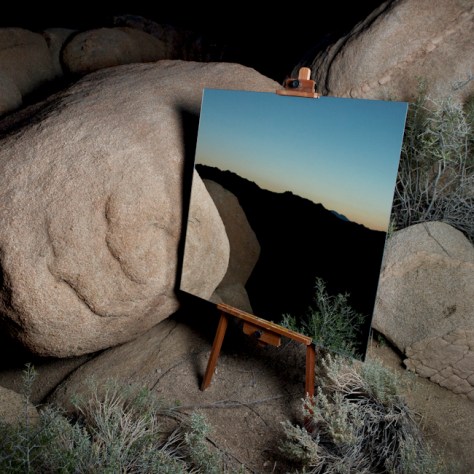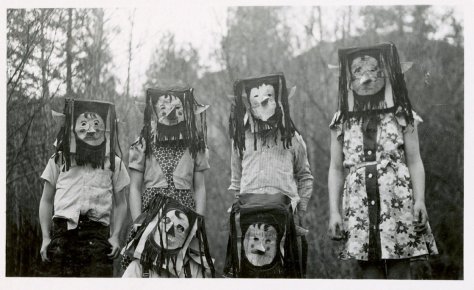While hiking and driving, I caught glimpses of the border space created by the meeting of distinct ecosystems in juxtaposition, referred to as the Edge Effect in the ecological sciences. To document this unique confluence of terrains, I hiked out a large mirror and painter’s easel into the wilderness and captured opposing elements within the environment.
Came across this on tumblr but I felt a little weird about posting the entire sequence here like the tumblr did. A lot of times the mirror thing seems a bit much—looks neat in the ways that mirrors fascinate us but doesn’t really say much more than that. These though use the mirror to actually reveal interesting things about the landscape.
We’ve all been in places where the view in one direction is quite different than the view in the opposite. Telling that story in a visually interesting way—let alone finding something interesting in the story itself is hard. These photos do both.








































